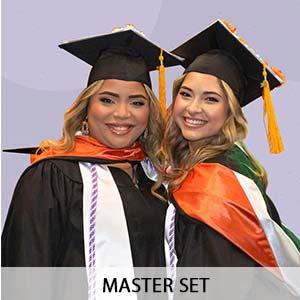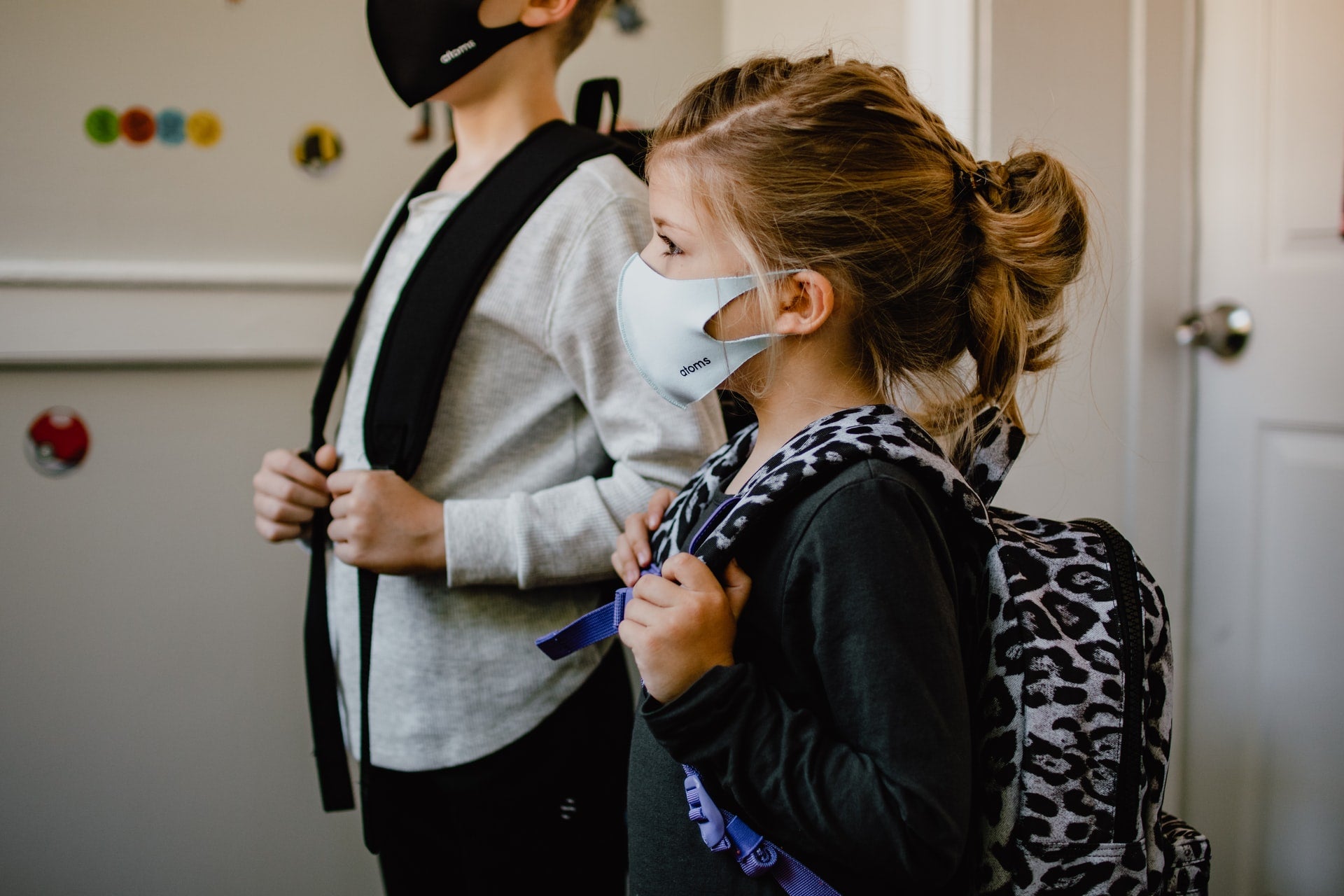The coronavirus disease (COVID-19) pandemic has caused an unprecedented crisis across the world. In the sphere of education, this emergency has led to the massive closure of face-to-face activities at educational institutions in more than 190 countries to avoid the spread of the virus and mitigate its impact.
According to data from the United Nations Educational, Scientific and Cultural Organization (UNESCO), as of the middle of May 2020, more than 1.2 billion students from all levels of education, all over the world, had ceased to have face-to-face classes at school.
The consequences of the pandemic have placed education systems in all countries of the world facing a challenge never seen before. In the United States, especially hard hit by the virus, the effects on teachers and students have been tremendous. According to a Commonsensemedia study, 4 out of 10 teens in the US reported not attending or regularly attending online classes since the start of the coronavirus crisis. This crisis has exposed inequalities that were not perceived before. There are students in difficult situations, sometimes they do not have stable internet access, especially in rural regions. The crisis brings to light the great challenges of the educational system in the United States and to other countries. There are important extracurricular activities that students no longer will take advantage of due to remote learning.
Several things must change, for example, the financing and equipment of public schools and therefore of their students, educational systems must guarantee access to equipment and stable wifi connection. Many schools had around 30% of their student's attendance before the pandemic. In many parts of the world, some families do not have access to a computer, nor an internet connection, and they will not be able to access these resources unless someone else provides them.
There is still some uncertainty about what will happen in the rest of the year, but it seems that online education will not be the only education system, and it will not replace the classrooms of schools. At least in the United States, students will have to go back to classrooms while their parents go to work. Social contact is very important for students, the contact that they experience through social networks has been insufficient. However, like all crises, new alternatives emerge that change the perspective of education and these can be very useful as they are implemented. One particularity of virtual classes is that you can count on the participation of special guests, something that was difficult to achieve in face-to-face classes. Many professors have chosen to invite personalities, businessmen, or other professors, depending on the subject, so that the virtual class becomes more interesting for the students since they have had the opportunity to interact with these guests directly.
Different institutions worldwide have published bulletins with the useful and necessary information concerning education and the measures that must be taken to face the pandemic and especially to continue with the educational process of students, since, in addition to being a right fundamentally, the repercussions of this change in educational models will be noticeable for years to come. The United Nations published a newsletter in August 2020 called "Education During COVID-19 and After It". Among the topics covered in this newsletter are: How to protect Education funding and coordination to achieve results; Create resilient education systems to achieve equitable and sustainable development; and, Rethinking education and accelerating change in teaching and learning. In an overview, in addition to the recommendations of the United Nations, education experts suggest paying attention to four different aspects that may be the key to the development of classes in times of pandemic. These aspects are Access, Context, Didactics, and Creativity.
We are going to develop these four aspects, not without first mentioning that those who must be prepared first of all are the teachers.
Speaking of Access, online teaching was a global priority, after the closure of schools and confinement. It was logical that this happened, however, this fact led governments and their educational authorities to develop a series of programs and projects to provide equipment and internet connection to their communities, which before the pandemic did not have these resources. Access to technology is not enough for online education, it is just a necessary condition.
Regarding the context, the pandemic has revealed that face-to-face teaching provides an ideal environment for learning, so it is important to review the tasks that are given online. the emotional bond can be maintained online but teachers must take great care of students' self-discipline.
Didactics are handled directly by teachers, they must carefully choose the content of the subjects to be taught, emphasizing the most important topics. Then, the indications and corrections to the tasks and exercises given are very important, only then the teachers will know if the class has been useful.
Finally, the creativity of teachers is essential, they must find a way for classes to reach students efficiently, contemplating difficult schedules, accessing existing information on the internet, encouraging students to develop certain tasks using materials that are within their reach.
There are many options for online teaching, teachers must share their experiences, so others can imitate their ideas, but for everything to be possible, parents must be directly involved, so students will have the opportunity to continue their education in these difficult times of pandemic.
























Leave a comment
This site is protected by hCaptcha and the hCaptcha Privacy Policy and Terms of Service apply.